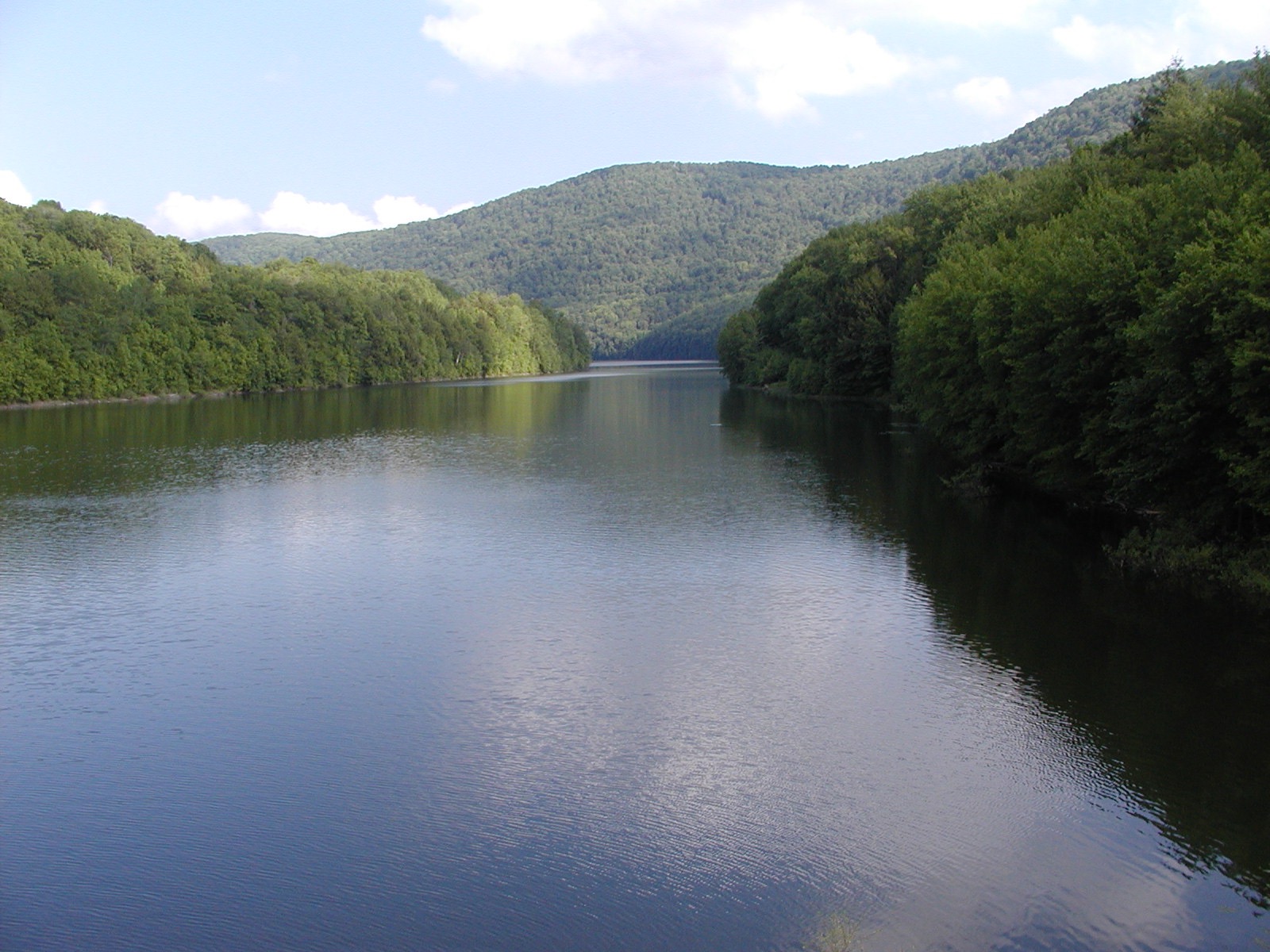Dirty Waters
Flint’s water is back in the news, now politically as well as physically toxic. “The Birthplace of General Motors” is perhaps the most beleaguered city in America: 40% of its people in poverty; crime and unemployment almost triple the national rates; a city unrecovered from the 2008 housing catastrophe. It’s a place you leave if you can (its population is half what it was in 1970) – but that’s not easy for homeowners facing plummeting housing values.
Two years ago, the state-appointed emergency manager switched Flint’s freshwater source from Lake Huron to the Flint River for one reason: to save money. Dirty water should be cheaper than clean water, right?
Not in Flint, which has the most expensive water in the country. As in much of America, both urban and rural, poverty and environmental vulnerability go hand in hand.
Clearly, Flint requires a lot of economic investment, much of it to rebuild its decayed infrastructure, but don't hold your breath in these anti-government times. But we should think beyond vast engineering projects. Particularly when it comes to water, using nature’s infrastructure is a far better way to go – for if we take care of our upstream watersheds, their streams and rivers can actually process pollutants and clean their own water.
Almost 20 years ago, New York City also faced a water and financial crisis. Instead of building a multi-billion-dollar filtration plant for its 9 million users, it invested a fraction of that amount to protect its water sources up to 100 miles away. The result is cleaner and cheaper water.
In the long run, Flint’s water doesn’t need more chemicals; it needs cleaner sources.
